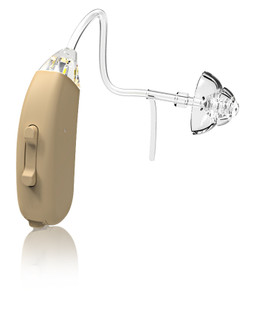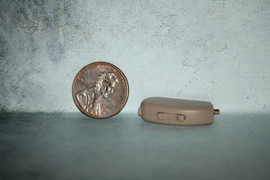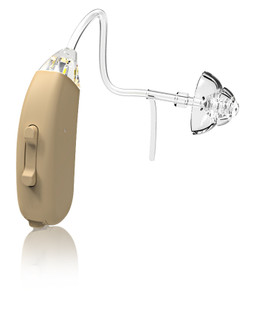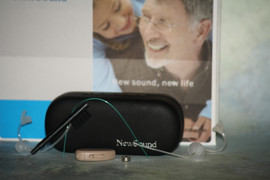Anticipating the Next Generation: Future Developments in Hearing Aid Technology
Posted by DR Paul on Jan 11, 2024
Hearing aids are vital for individuals who are hard of hearing or deaf. People rely on these devices to improve their hearing, helping them communicate with ease in different settings and situations. As technology has improved more and more, so too has hearing aids. In this blog post, we will explore the unique and exciting ways that hearing aid technology is expected to develop in the future. From more discreet designs to Artificial Intelligence (AI) and machine learning, the future of hearing aids is bright. Keep reading to find out more!
Sound processing is an essential part of hearing aid technology. Hearing aids, particularly those available today, process sounds differently, depending on factors such as the noise level in a given environment. Although some hearing aids are programmed with more than one setting, many users find it challenging to switch between settings fluidly as they move between different environments. Future hearing aid technology is expected to include AI and machine learning, so users will not need to adjust their hearing aids manually. The hearing aids will detect the environment themselves and adjust accordingly.
Design is another area where hearing aid technology is expected to continue evolving. Many people avoid wearing hearing aids due to stigma or discomfort. Current hearing clunky, visible hearing aids are less inconspicuous and feel bulky in many users' ears. However, the future of hearing aids is likely to include sleeker designs, including hearing aids that fit entirely inside the ear canal. Such hearing aids will be almost invisible to anyone looking at the user's ear, resulting in fewer people feeling discouraged from wearing them.
Battery life is another issue that has plagued hearing aids' technology for years. Hearing aid batteries typically last about a week, so users need to replace them often. This not only comes at an additional cost but can be inconvenient, especially for those who forget to stock up on a new supply regularly. Future hearing aids are expected to be easily charged wirelessly, providing battery life for weeks at a time, doing away with much of the hassle involved in battery replacement.
Smartphones are already playing an important role in hearing aid technology, and this trend is expected to continue. Future hearing aids will be able to connect directly to a user's smartphone, allowing for more controlled audio streaming. Instead of relying on traditional audio sources such as televisions and radios, future hearing aids are likely to stream audio from smartphones, allowing users a more extensive range of audio playback options.
Overall, the future of hearing aid technology is promising, offering hope to many individuals who are hard of hearing or deaf. The anticipated developments, such as artificial intelligence, machine learning, sleeker designs, better battery life, and smartphone connectivity, raise exciting opportunities for hearing aid users. Those who have previously shied away from hearing aids due to stigma or discomfort may find they feel more confident wearing sleeker designs. Better batteries and wireless charging capabilities are expected to reduce the hassle involved in battery replacement. Meanwhile, AI and machine learning represent a significant step forward in hearing aid sound processing, making it more sophisticated and optimized for various environments. Hearing aid technology is advancing at unprecedented levels and is expected to offer more practical and personalized solutions in the future.










